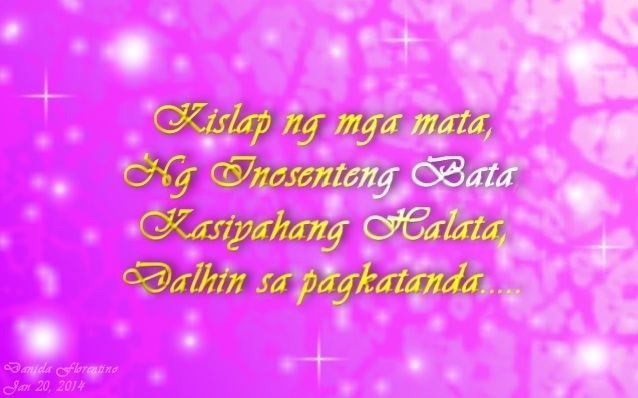 | ||
The Tanaga is a type of Filipino poem, consisting of four lines with seven syllables each with the same rhyme at the end of each line --- that is to say a 7-7-7-7 Syllabic verse, with an AABB rhyme scheme as in this example
Contents

In the Tagalog original, using archaic orthography:
"Catitibay ca tolos
sacaling datnang agos!
aco’I momonting lomot
sa iyo,I popolopot."
In the modern Tagalog syllabication:
"Katitibay ka Tulos
Sakaling datnang agos!
Ako'y mumunting lumot
sa iyo'y pupulupot."
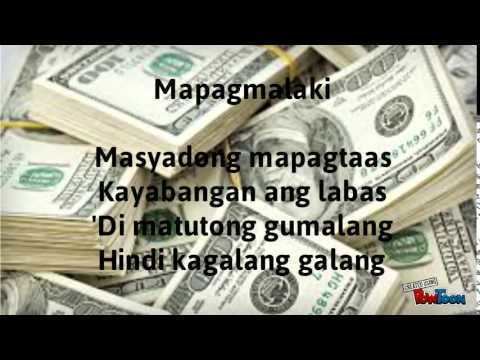
Translation by Jardine Davies [1]
The above Tanaga is attributed to Friars Juan de Noceda and Pedro de Sanlucar by Vim Nadera, and quoted them as saying “Poesia muy alta en tagalo, compuesta de siete silabas, y cuatro versos, llena de metafora.” (16th century) ("There is high poetry in Tagalog, composed of seven syllables and four verses with frequent metaphors.")
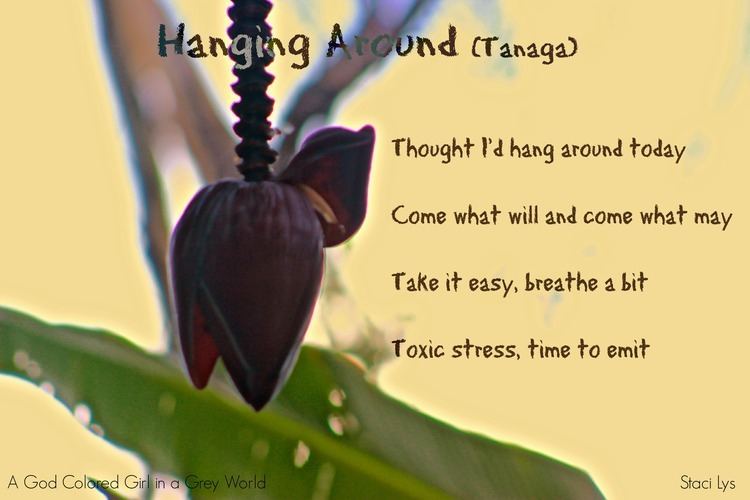
Like the Japanese haiku, Tanagas traditionally do not have any titles. They are poetic forms that should speak for themselves. Most are handed down by oral history, and contain proverbial forms, moral lessons, and snippets of a code of ethics.

A poetic form similar to the tanaga is the ambahan. Unlike the ambahan whose length is indefinite, the tanaga is a compact seven-syllable quatrain. Poets test their skills at rhyme, meter and metaphor through the tanaga, not only because is it rhymed and measured, but also it exacts skillful use of words to create a puzzle that demands some kind of an answer.
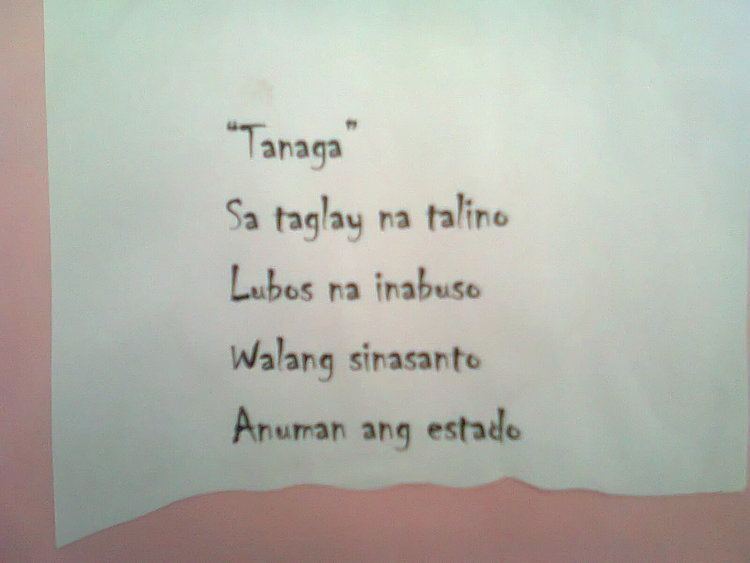
It is almost considered a dying art form, but is currently being revived by the Cultural Center of the Philippines and National Commission of the Arts. Poetry groups, like the PinoyPoets, have been promoting Filipino poetry in English; the vernacular are also advocating the spread of this art form.
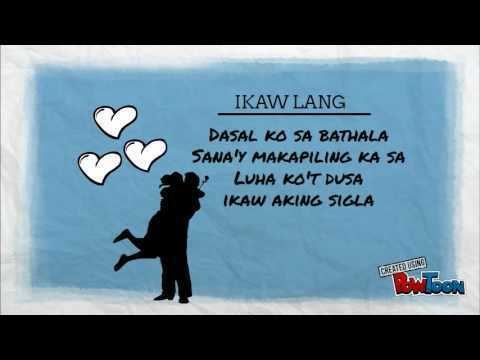
haiku at tanaga
The modern Tanaga
The contemporary version of the Tanaga maintains the traditional syllable count of 7777. However, the rhyme schemes have diversified to include dual forms such as AABB, ABAB, ABBA, as well as more freestyle patterns like AAAB, BAAA, or ABCD. Tanagas typically do not have titles.
traditionally because the Tanaga should speak for itself. However, moderns can opt to give them titles.
Tanaga in other languages
While the Tanaga is originally intended to be written in Tagalog, it has been written in other languages such as English. Like-minded poets from all over the world are encouraged to utilize the Tanaga.
